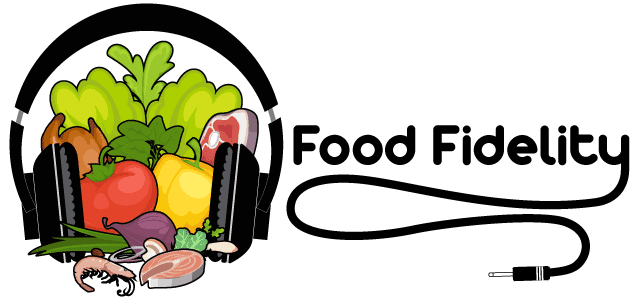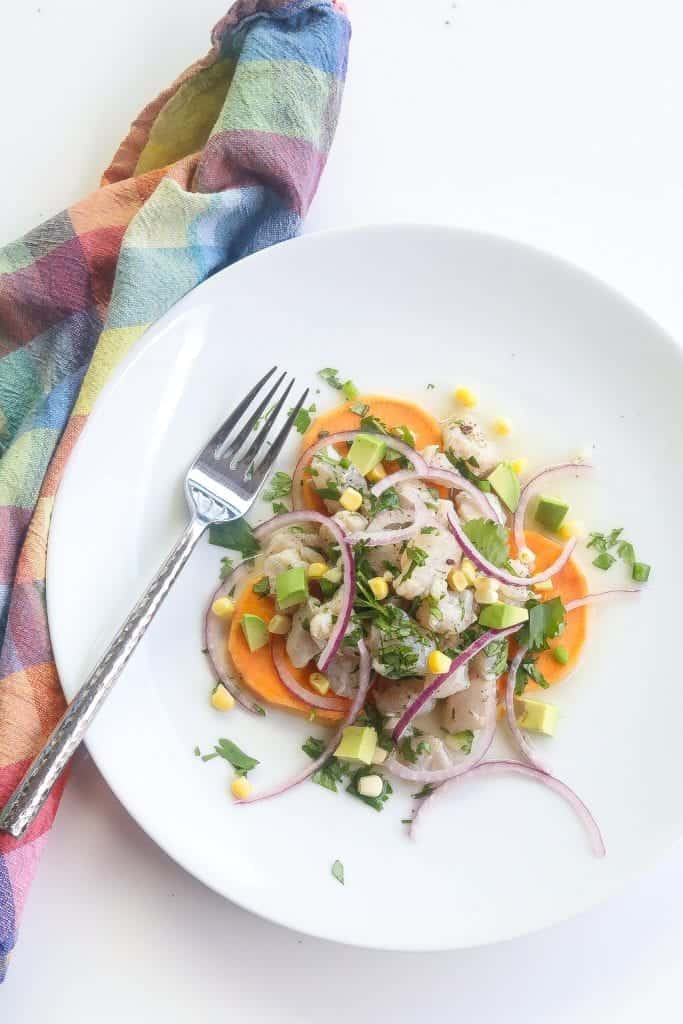This post is all about how to make ceviche. It’s a breakdown of the basics as well as a roundup of recipes that highlight the versatility and regional differences of a great dish whether it's served as an appetizer or light and delicious meal.
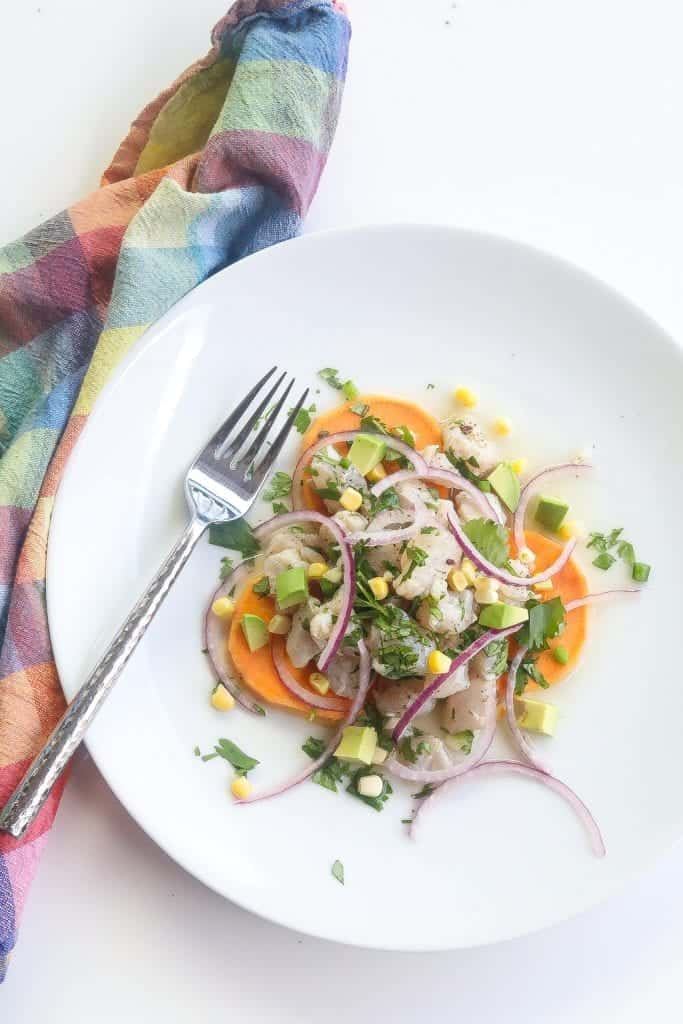
What is ceviche?
Ceviche (pronounced "seh-VEE-chay") is a raw seafood recipe common through-out different parts of Latin American. The seafood is diced into small pieces marinated in citrus juice (lime and/or lemon). The acid in the citrus is what actually “cooks” or cures the seafood in a process known as denaturing which causes the fish to become opaque and produces a firm texture. After curing the seafood its added with ingredients like cilantro, chiles, and chopped vegetables.
The ceviche method at its core is a method of food preservation born in seafood-rich coastal South America. Indigenous people in the region used salt, peppers, and citrus to preserve fish. Peru is believed to be the birthplace. If it ain’t it’s still has reached national dish levels there.
What is the difference between Ceviche vs Poke?
Poke is essentially the ceviche of Hawaii. Like ceviche, the seafood is cured without heat. Hawaiians rely on similar preservation methods, but utilize regional ingredients to do so. It’s those curing ingredients that make poke different from ceviche. Hawaii has a huge Asian influence so instead of citrus and chiles, poke relies on Asian flavors like soy and sesame oil and utilizes fish like tuna and salmon.
What are the different varieties of ceviche?
When one asks, “what is ceviche” I say it depends. It depends on the region. Local ingredients drive the different variations of ceviche across different parts of Latin America. In Ecuador, the vibe is more shrimp as the seafood choice mixed with tomato-based marinades or even ketchup. In more Caribbean influenced areas coconut milk shows up. In Mexico, tortillas are just as important as a carrier and depending on the area the seafood of choice could be shrimp, fish, or even octopus.
South American Style
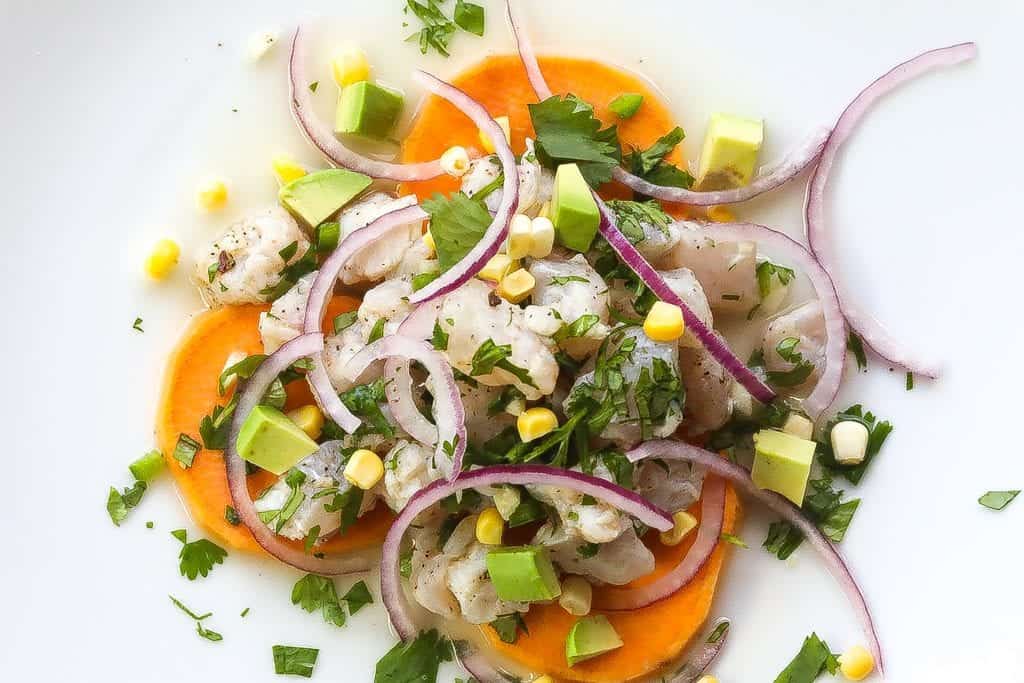
I’m partial to Peruvian ceviche. It is actually more filling and can be eaten as a main dish vs. the more appetizer like of most other regions. The presence of ingredients like corn and sweet potatoes give Peruvian ceviches heft without disrupting the fresh, light flavor from the seafood and citrus.
Peruvian Ceviche - Food Fidelity
Ecuadorian Shrimp Ceviche - Laylita's Recipes
Central American Style
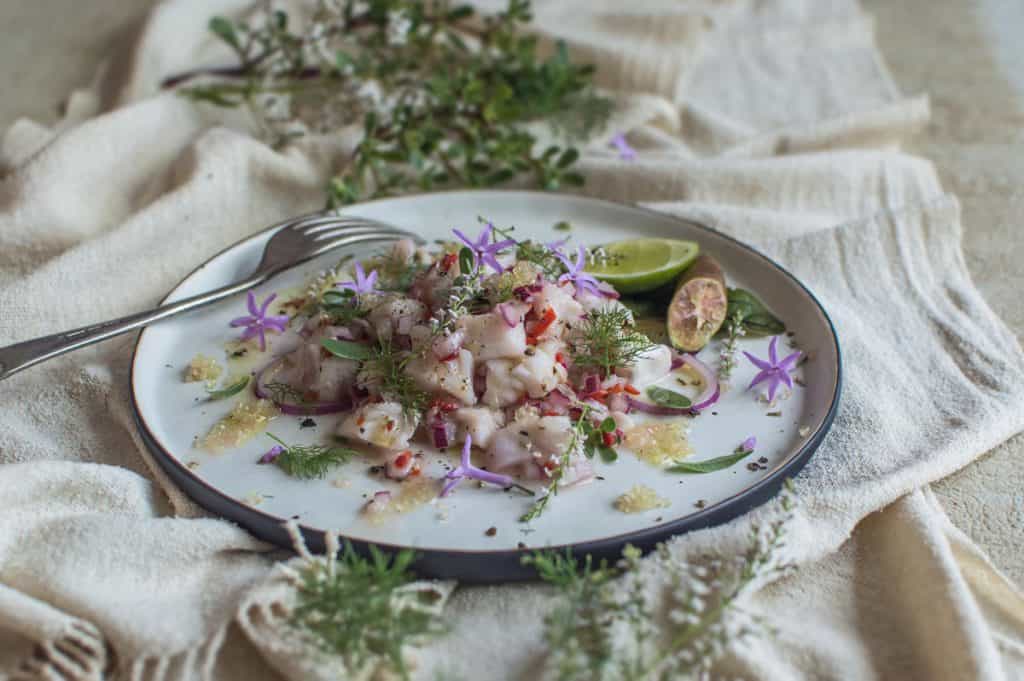
Costa Rican Shrimp Ceviche - Pura Vida Moms
Chilean Ceviche - Foraged Dish
Mexican Style
Mexican style skews more towards smaller diced pieces of seafood and is cured longer than say Peruvian. It looks more like a shrimp cocktail in terms of presentation and may be a little spicier.
Mexican Shrimp Ceviche - My Latina Table
Ceviches Beyond the Americas
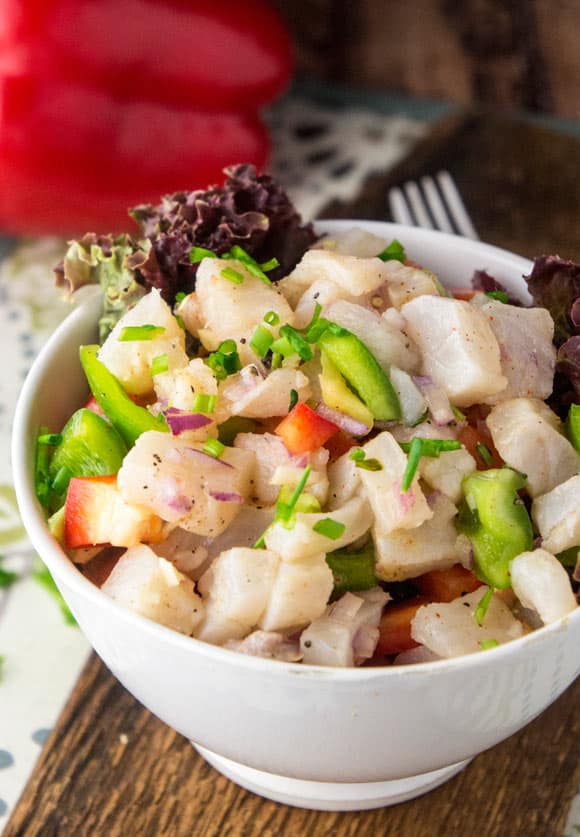
Filipino Ceviche - Food and Wine
Thai Coconut Shrimp Ceviche with Mango - Root and Revel
Tahitian Ceviche Coconut Salad - Blog Arousing Appetites
What are the core ingredients?
Most ceviche includes these as core ingredients, though full disclaimer civic can be as varied as people’s preferences.
- Seafood (fish or shellfish)
- Citrus (lime or lemon juice)
- Green chili pepper (Jalapeno or Serrano)
- Cilantro
- Red onions
- Optional (cucumber, tomatoes, spice seasonings - paprika, chili powder, black pepper, cumin)
What is the best fish to use?
Though the citrus marinade drives the cooking, the choice of fish is critical. First and foremost, the best fish is whatever is freshest. Take whatever means necessary to secure fresh fish. I visited Peru and had ceviche at every meal. Peruvians have the benefit of having an abundance of fresh fish. Here in landlocked Austin I have to be a bit more selective and thoughtful not only in getting the freshest, but also the right type of fish to hold up to the citrus marinade. The best fish is firm to semi-firm white fish.
You’ll have to figure out which are most available to you but stay with the family of Mahi Mahi, sea bass, and grouper. I’m a grouper guy as its both firm and meaty. This is good because it’s just firm enough to be broken down by the citrus, but not so much that it falls apart.
How do I choose the freshest fish?
- Flesh should look firm and translucent
- If you're using whole fish, inspect the eyes. They should be bright, shiny and clear. Cloudy or milky eyes = been sitting out a while
- If the skin is still on, it should be shiny, metallic-like
- Look at the gills and fins to make sure they’re still bright
- Poke the fish with your finger. Too soft, then avoid.
- Make sure there is no fishy smell. You want ocean-fresh so the fish should smell more salty
- Fish flesh should be wet and glossy looking
- White fish should look translucent vs. opaque and very white.
Making Ceviche Frequently Asked Questions (FAQs)
How do I make ceviche without seafood?
Ceviche has become pretty popular globally. However, many of these places can be landlocked without access to the same type of quality and fresh seafood. Also, when you factor in different diets you get creative non-seafood focused ceviches.
What are the best carriers for ceviche?
Tortillas are the most typical carrier for ceviche, particularly in Latin American countries. in other places, plantain chips are used
How long should the fish marinate?
After deciding on your citrus and picking the freshest fish, the next decision is how long to marinate the fish. Too long and you’re chewing chalky fish, too short and its raw fish you’re eating. Opaque is what you want. If the fish is flaking then its been cooking too long. 15-20 minutes should be enough time.
Can ceviche be made ahead?
Most people make ceviche for party appetizers and thus want to make ahead for planning purposes. Ceviche, the best kind is not a make-ahead dish. If time is an issue for you, feel free to prep all the other ingredients, i.e chop the onions, peppers,
Most people make ceviche for party appetizers and thus want to make ahead for planning purposes. Ceviche, the best kind is not a make-ahead dish. If time is an issue for you, feel free to prep all the other ingredients, i.e chop the onions, peppers, and any other vegetables you’re using.
Additional Expert Cooking Tips for How To Make Ceviche
- Freshness is key to fish choice followed by firmness.
- Have your fish guy put the fish on ice for transport. Keep it on ice until you prepare the ceviche. Ice helps keep fish fresh and protects the texture and flavor.
- Probably goes without saying but make sure all bones and skin have been removed
- Use a long, very sharp knife to cut the fish
- Marinate the fish completely covered to limit exposure to air which can adversely impact texture
- Don’t combine the fish with the other ingredients until the fish has completed marinating. You want crisp vegetables and fully infused fish and the only way to ensure this happens is by keeping them separate
- 15-20 minutes is best length of time for marinating the fish. Anything longer and the fish begins to become mushy. If you prefer softer, mushy texture then let the fish sit longer.
- Ask your fishmonger for the freshest firm white ocean fish available
